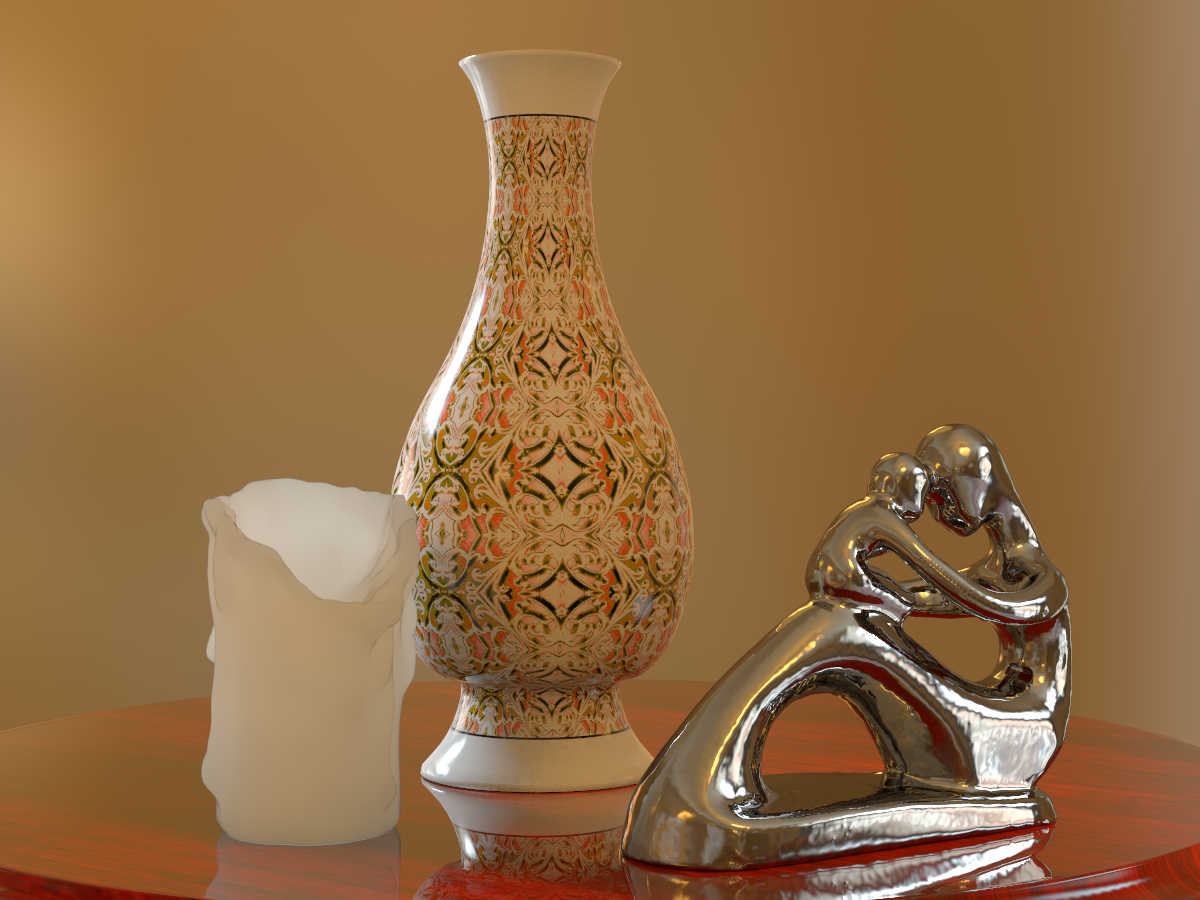Time-varying surface appearance: acquisition, modeling and rendering
Abstract
In this project, we take a significant step towards measuring, modeling and rendering time-varying surface appearance. Traditional computer graphics rendering generally assumes that the appearance of surfaces remains static over time. Yet, there are a number of natural processes that cause surface appearance to vary dramatically, such as burning of wood, wetting and drying of rock and fabric, decay of fruit skins, or corrosion and rusting of steel and copper. Our research focuses on these various time-varying surface appearance phenomena. For acqusition, we built the first time-varying surface appearance database of 26 samples, including a variety of natural processes such as burning, drying on smooth and rough surfaces, decay, and corrosion. We also proposed a novel Space-Time Appearance Factorization (STAF) model, which factors space and time-varying effects and thus gives us much more control and editing capability to the original data. The STAF model includes an overall temporal appearance variation characteristic of the specific process, as well as space-dependent textures, rates and offsets, that control the different rates at which different spatial locations evolve, causing spatial patterns on the surface over time. Experimental results show that the model represents a variety of phenomena accurately. Moreover, it enables a number of novel rendering applications, such as transfer of the time-varying effect to a new static surface, control to accelerate time evolution in certain areas, extrapolation beyond the acquired sequence, and texture synthesis of time-varying appearance.
Citation
Jinwei Gu, Chien-I Tu, Ravi Ramamoorthi, Peter Belhumeur, Wojciech Matusik, and Shree Nayar. "Time-varying surface appearance: acquisition, modeling and rendering". pages 762–771, August 2006.









